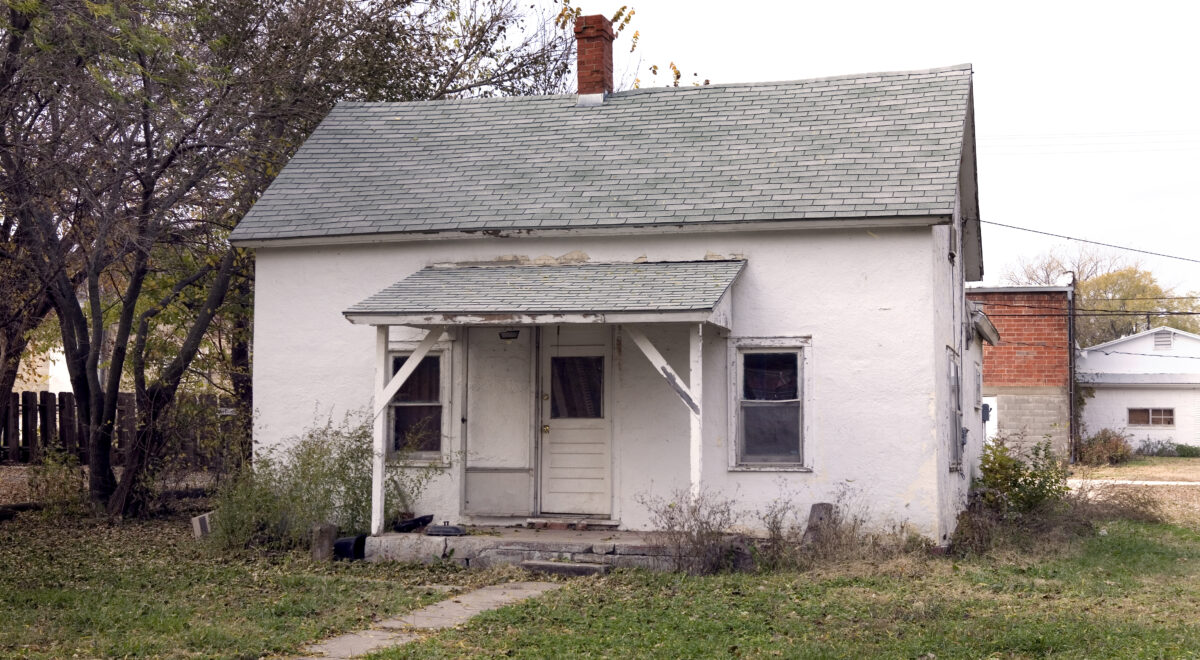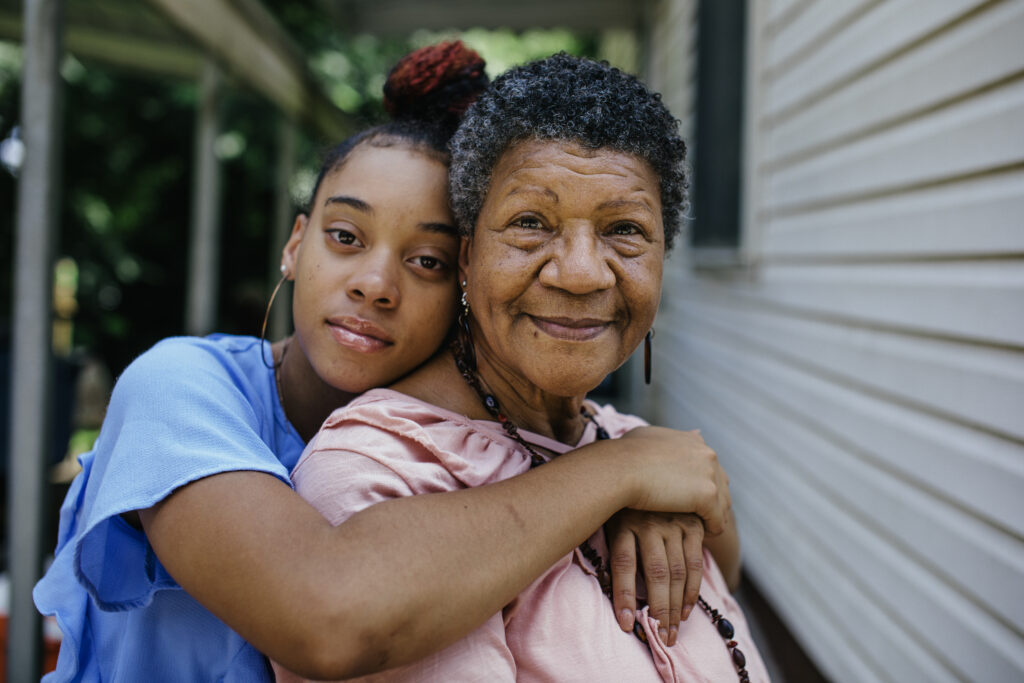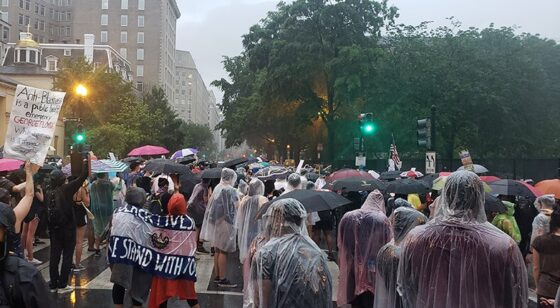AARP Hearing Center
Trend Snapshot
While the Fair Housing Act sought to end housing discrimination in 1968, people of color and those with disabilities continue to contend with barriers that limit access to housing and prevents them from remaining in homes that meet their needs. The results of past explicitly discriminatory policies, as well as current implicitly discriminatory policies and actions remain prevalent. Rising housing costs only exacerbate the disparities. Left unaddressed, inequality in homeownership rates, housing cost burdens, and other indicators of housing instability will grow.
These barriers manifest in homeownership, home appraisals, loan terms, housing stock, zoning laws and eviction rates, Black renters are more likely to face eviction than white renters. A cavernous 30 percentage point gap exists in homeownership between Black and White Americans, higher than it was prior to the civil rights movement. People of color often receive less favorable terms than their white counterparts in real estate transactions including with home appraisals and loan application approvals. The dominance of single-family zoning limits housing diversity and choice by prohibiting the construction of multi-unit buildings, and these limitations often disproportionately affects people of color and those with disabilities. Finally, rates of housing instability, and homelessness are disproportionately high for people with disabilities.





































































